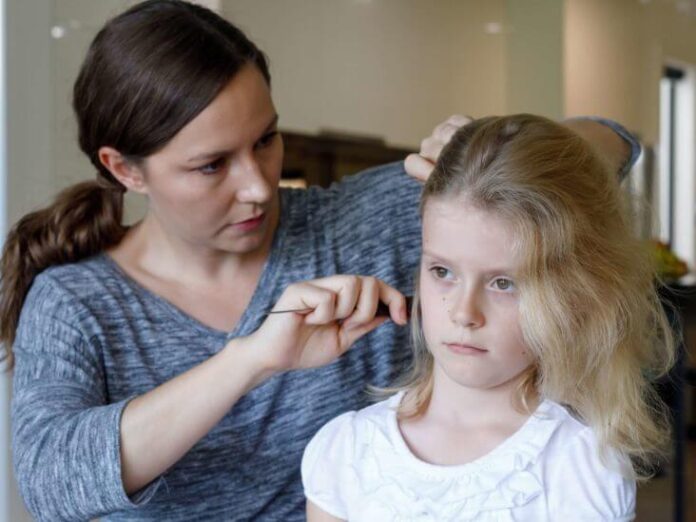Everybody wants full and healthy-looking hair. This is why when we experience excessive hair loss, we’re incredibly worried and can do anything to remedy it. While it is normal to lose small amounts of hair regularly, losing hair in significant quantities is a valid cause of concern.
If you’re experiencing significant hair loss, you may be having a condition known as Alopecia. Alopecia is the term medical doctors use to refer to hair loss or balding, occurring anywhere in the body. People with alopecia usually have itchy, dry, red, or swollen scalps with hair that easily breaks.
These symptoms range from very mild ones that affect some parts of the body to very severe ones that lead to complete hair loss all over the body. Many causes could be responsible for this condition. It may result from genetics, age, pregnancy, stress, birth control pills, medications, ringworm, and many other factors.
Types of Alopecia
There are many common types of Alopecia, let’s see a few of them below:
- Alopecia Areata: Alopecia Areata is one of the most common types of Alopecia. It’s an autoimmune disorder that makes the immune system attack your hair follicles, mistaking them for antigens. Alopecia Areata is hereditary and can affect any part of the body. It usually manifests as recurring bald patches.
- Telogen Effluvium: Telogen Effluvium is a type of Alopecia that is caused by stress, hormonal imbalance, medication, poor nutrition, or chronic diseases. Even though they don’t usually affect the entire body hair, they cause hair to thin out and fall massively.
- Male Pattern Baldness/Androgenic Alopecia: This is inarguably the most common type of Alopecia, occurring in about 50% of men above 50. It occurs in women too. Androgenic Alopecia causes the hairline to recede, leading to a U-shaped hair pattern or, in some cases, complete baldness.
- Alopecia Universalis: This refers to a severe case of Alopecia that causes hair loss all over the body. People with this condition are advised to take extra measures to protect their skin from external elements like the sun. This is because a lack of body hair leaves their skin and scalp exposed, making them susceptible to bacteria and other skin diseases.
- Traction Alopecia: As the name implies, Traction Alopecia is caused by traction due to adverse styling practices. It’s usually common in people who pull their hair continuously while styling or make very tight hairdos.
Fixing Alopecia: Common Treatments You Should Consider
Alopecia can be cured or managed depending on the type, cause, and severity. While some types of Alopecia like Alopecia Areata are incurable, specific treatments can control it and prevent future hair loss. Let’s discuss some Alopecia treatments and how they can be used to manage different Alopecia types:
- Laser Therapy
Laser therapy is clinically proven to stimulate hair growth. It is emitted through devices known as laser caps, which can be used by both men and women ages 18 and older. It’s a non-invasive procedure that induces hair growth by introducing photons to the scalp through radiation. Hair begins to grow when the cells absorb the photons. Laser caps use Lower-Level Light Therapy to ensure that people dealing with hair loss can start to see changes in as little as 7 months. It is FDA-cleared and safe for use.
- Medicine
As you already know, Alopecia is sometimes caused by underlying diseases and poor nutrition. If this is the case, your doctor would likely prescribe some medicines and supplements to solve this problem. Some common medicinal treatments prescribed to people dealing with hair loss include Finasteride for males and Minoxidil for females. Before using any of these, it is advisable to consult your doctor first.
- Hair Transplant Surgery
Hair transplant surgery is usually done by removing hair from one part of the head to the affected region. It’s a good option for people with burnt scalp or Androgenic alopecia. The two most common types of Hair Transplant surgery include Follicular Unit Transplant (FUT) and Follicular Unit Extraction (FUE).
FUT works by removing hair grafts from parts of your hair with fuller, thicker and healthier hair, and transplanting them where your hair loss occurs. Tiny holes are made in your scalp to receive these hairs. FUE involves removing individual hair follicles from parts of your head with healthier hair and inserting it in the recipient site (the balding portions).
Both methods are quite invasive and would require a trained professional to handle the hair replacement procedure.
Conclusion
Alopecia is hair loss that is classified according to cause and severity. Sometimes, Alopecia may just be a part of growing older and nothing serious to worry about. Other times, it’s a symptom of an underlying condition or disease that needs to be handled firmly. Whatever the case, one thing is clear — alopecia isn’t attractive. If you’re ready to start your journey to full, healthy hair, you’d be better off walking with the safer and more convenient option, laser caps for hair growth.











